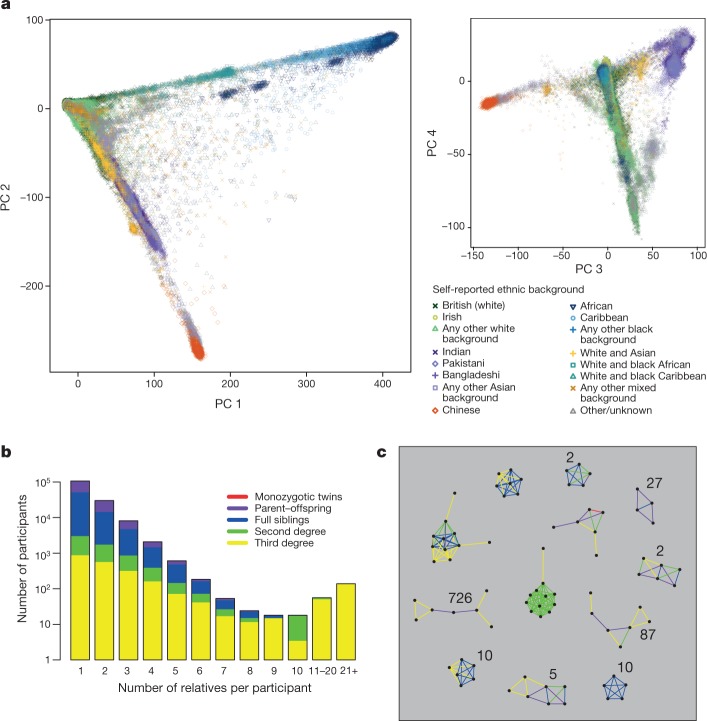Fig. 3. Ancestral diversity and familial relatedness.
a, Each point represents a UK Biobank participant (n = 488,377 samples) and is placed according to their principal component (PC) scores in each of the top four principal components. Colours and shapes indicate the self-reported ethnic background of each individual. See Extended Data Table 3 for proportions in each category. b, Distribution of the number of relatives that participants have in the UK Biobank cohort. The height of each bar shows the count of participants (log10 scale) with the stated number of relatives. The colours indicate the proportions of each relatedness class within a bar. c, Examples of family groups within the UK Biobank cohort. Points represent participants, and coloured lines between points indicate their inferred relationship (for example, blue lines join full siblings). The integers show the total number of family networks in the cohort (if more than one) with that same configuration, ignoring third-degree pairs.

